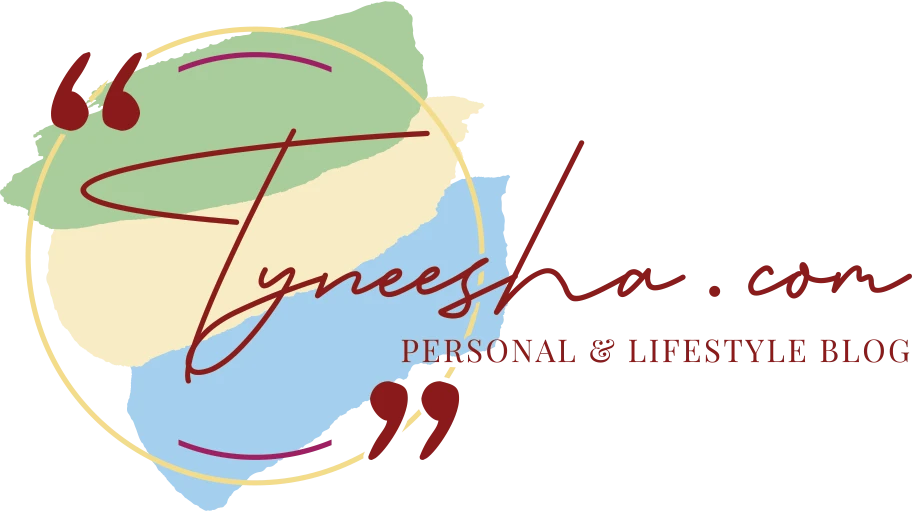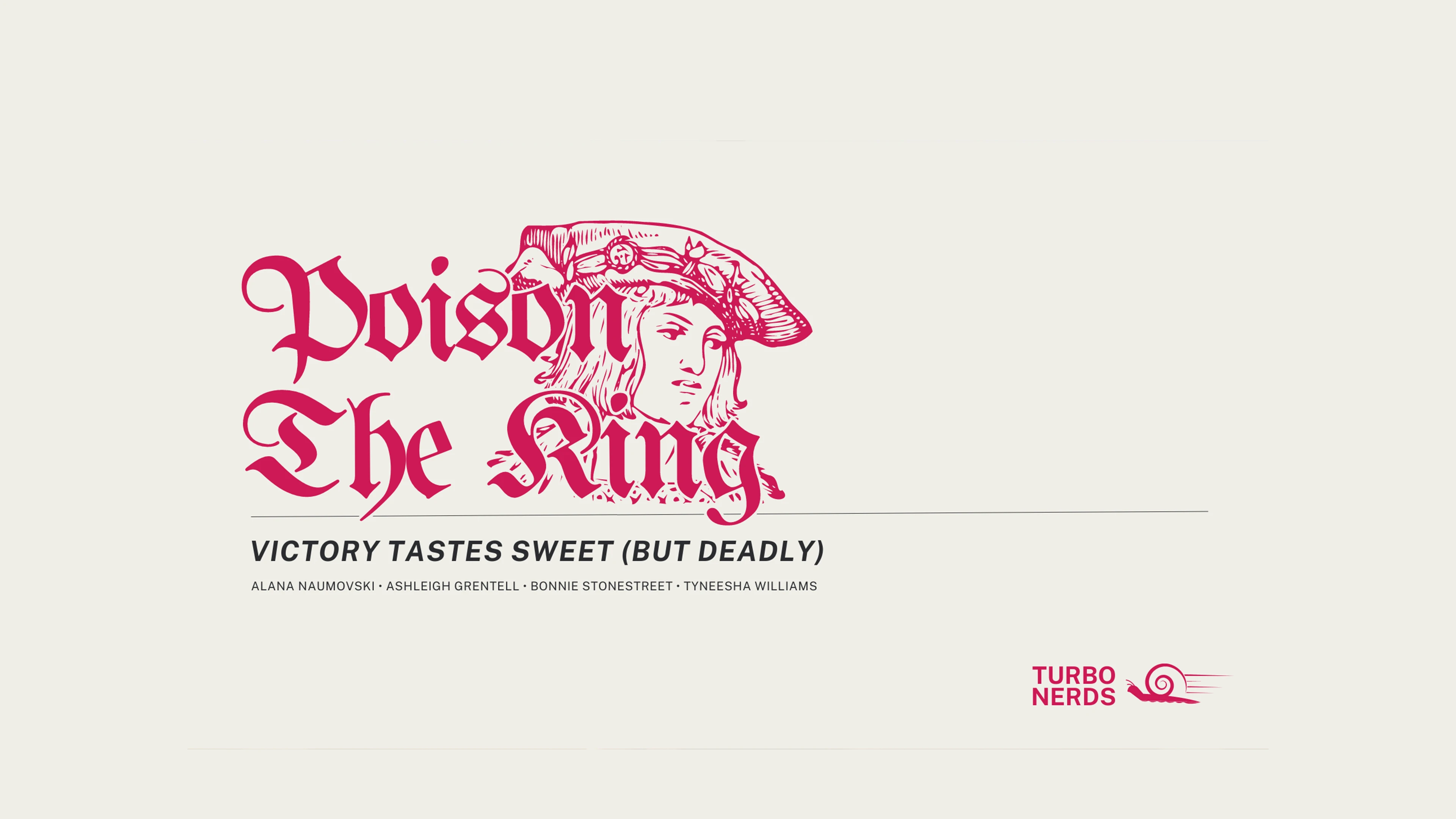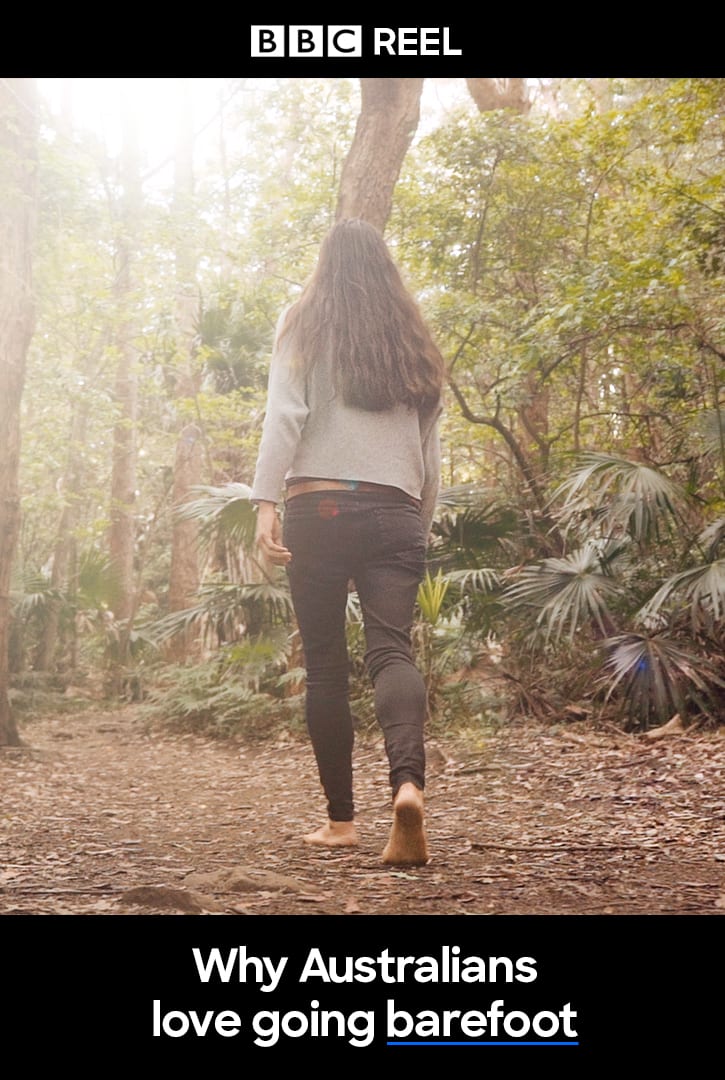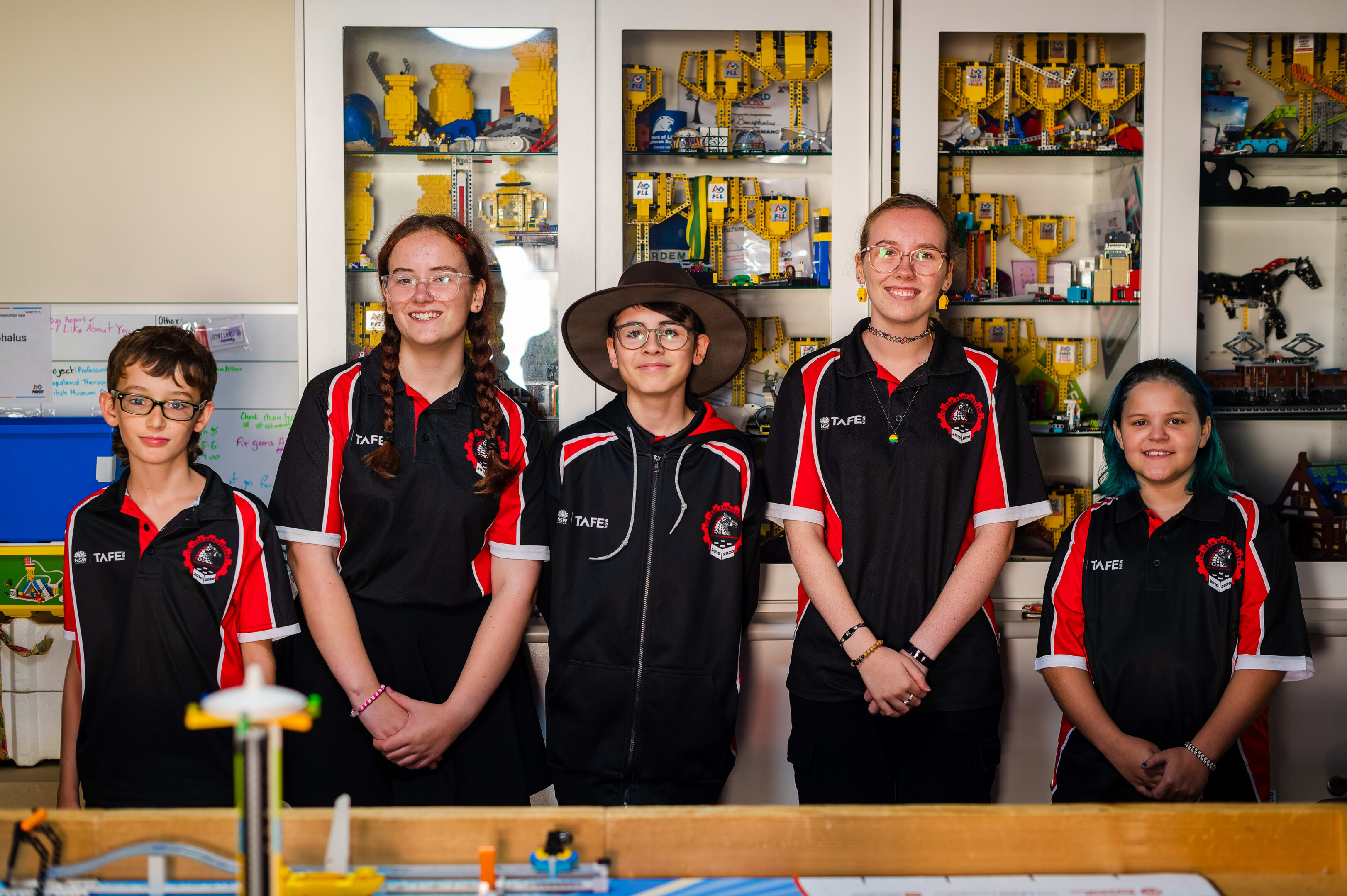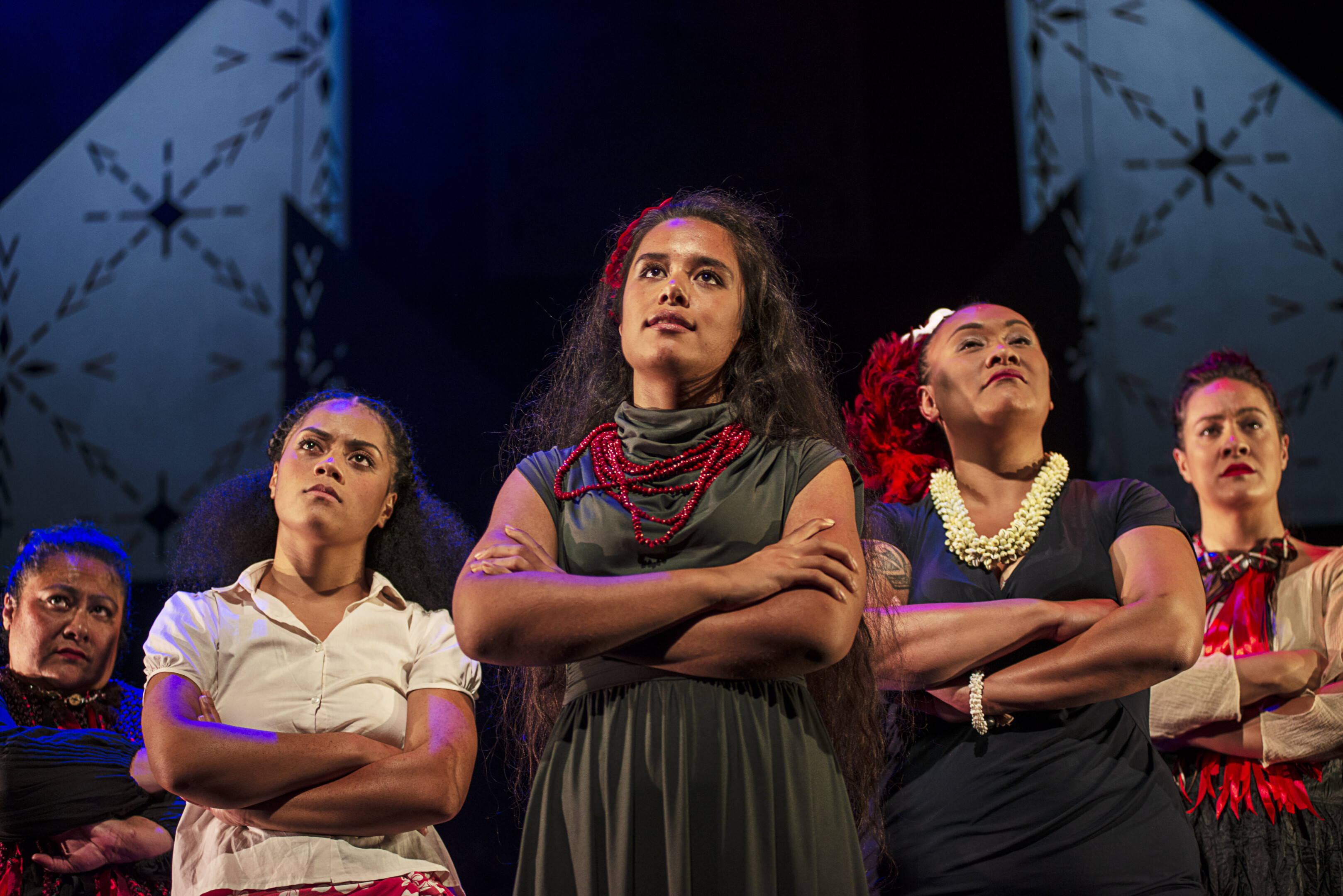25th April, 2024
A few weeks ago, the arguably infamous Turbo Nerds came together for their last hurrah – the creation of a fantastical board game, ‘Poison the King’. Here’s how it all happened.
Phase 1: Design & Ideation
We started off the same way any great creative team would – by asking ChatGPT to write us a game. We already had our story setting and main aim – “Poison the King” is fairly self explanatory in that sense. But with so many possible variations of gameplay design that would support this story, we spent some time growing ideas and chopping them down, until we could confidently say we put the fun in functional.
My talent for nitpicking came in handing during the ideation stage of this game. There were a number of times where the group got carried away brainstorming possible methods of game play and various pieces. Some of which I found unnecessarily complicated or distracting. I went back and forth wondering how we might enable the game to progress, if not through the use of dice.
I wanted our game to be more strategy-based than chance. I don’t know if anyone’s ever accidentally poisoned a head of monarchy, but in our game, it didn’t feel right to leave it entirely up to chance. While some group members were on board for the inclusion of some sort of game deck – I argued the idea of a card-trading uno style game. We arrived somewhere in the middle.
“The essential difference between board games and digital games is the medium. Board games (e.g., Pandemic and Warhammer 40,000) are typically designed to be played on a tabletop in one setting, with all the physical pieces unique to the game packaged in a cardboard box (Pierce et al., 2018). Pointing at the medium distinguishes these game researchers’ definition of board games from other fields.”
Bayeck, R. Y. (2020). Examining Board Gameplay and Learning: A Multidisciplinary Review of Recent Research. Simulation & Gaming, 51(4), 411–431. https://doi.org/10.1177/1046878119901286
Being the member most prone to confusion and distraction, I was able to repetitively say “sorry, what?” in a tone that was just the right balance of judgemental and inquisitive. We eventually narrowed the game ideas down to the most playable version, allowing for us to create an accessible game available to a wide audience.
A study by R. Keith Sawyer titled “Group Creativity: Music, Theater, Collaboration,” highlights the role of positive feedback and encouragement in facilitating creative collaboration. The authors argue that a team member who provides positive feedback and supports idea generation can increase group cohesion and promote the exchange of diverse perspectives, leading to more innovative outcomes.
“In a collaborative setting, the presence of someone who is supportive and enthusiastic about the creative process can make all the difference. This person can help to build trust, promote open communication, and create a safe space for group members to take creative risks.”
My contribution to the group in this time was more vague, but no less helpful. I was listening more than talking, encouraging more than critical. Early stages of ideation benefit from a curated mood of acceptance and support as new ideas emerge, and should focus on questioning ideas more closely as time goes on. I contributed in a more tangible way by helping to taking notes and keeping the group organised and up to date.
Phase 2: Prototyping & Play-testing (Arts & Crafts!)
Naturally, our enthusiasm for Canva aided us in the design and construction of our game pieces, once we figured out which ones to build. Our local overachiever Alana whipped up some card designs via Canva AI, after I consulted Chat GPT to acquire a tasteful list of poison ingredients. I proposed we introduce methods of mischief into the game – i.e. the idea of The King’s Advisor, or theft action cards. I believe these mechanisms help set the game apart from other games in the market, and were admittedly reflective of my endless love for Cluedo. A healthy amount of suspicion in any game scenario really rounds the experience out. The ‘king’s advisor’ card plays with the three act structure, introducing a new variable to gameplay, as depicted below.


Getting my team members to explain the game to me, and having to explain it to each other in a long string of one-by-one team member absences, allowed me to narrow down a succinct synopsis for our game. I did not take part in play-testing, but helped to identify holes and dis-regulations in game mechanics as I noticed them through this process of re-explanation.
We spent some time putting together game pieces, and I took my role as Aesthetics Dictator very seriously. We changed one of the poison ingredients because I didn’t like the look of the Canva graphic of that plant. I wrestled with Midjourney to help come up with visuals that support the cohesion of the story world too.
Phase 3: Presenting
Admittedly, we were more relaxed about the construction of our pitch than we should have been – but as the due date grew closer, we slowly approached the task together. In a fun way, our joint procrastination was indicative of the trust we have in each other as academics and team members.
Once again, I played my hand at encouragement and organisation. I got the ball rolling and began drafting some slides for our presentation based on a structure that Ash had put together for us. Bonnie and Alana assisted with design elements, making sure our pitch looked the part. We all had a turn speaking during our presentation, approaching the task as a make-believe investors pitch.
I covered the Market Research portion of the presentation, searching for comparable products on the current tabletop game market, and considering how they’ve utilised similar game mechanics to create a unique game experience. Below is a summary of what I learned.

To summarise, I’ve taken the liberty of putting together a bingo card for the group, depicting which roles we all took on – please see below!


